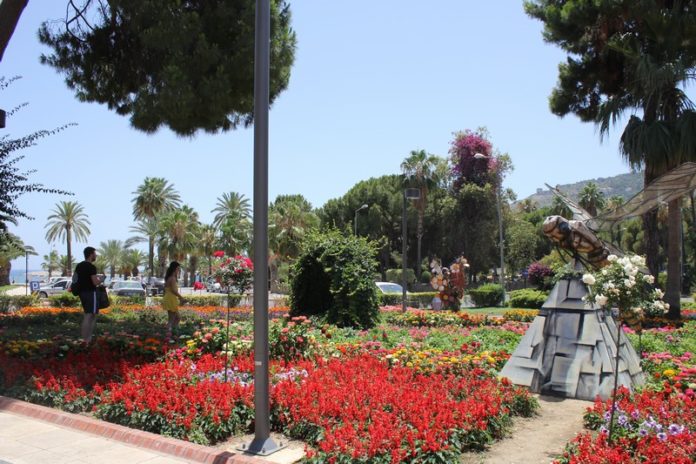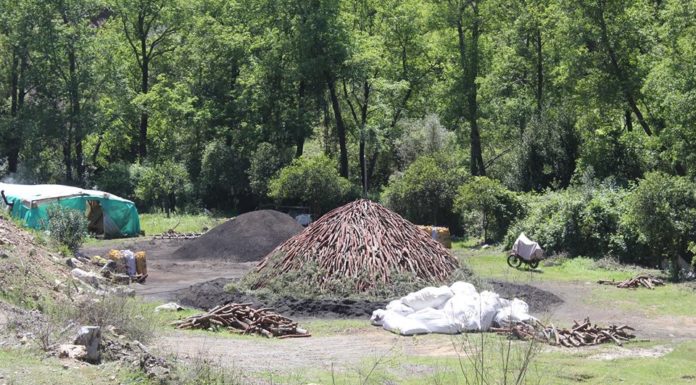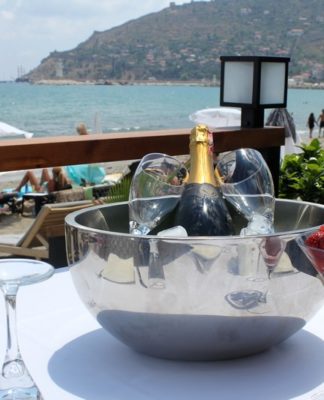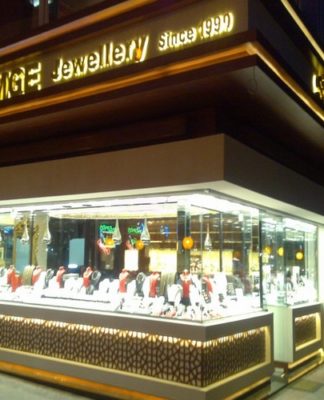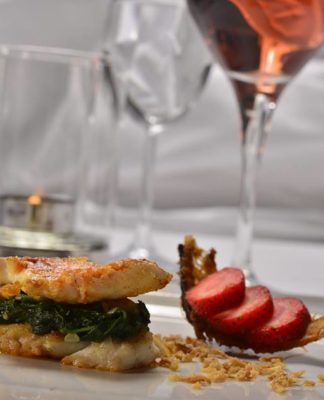Tulips belongs naturally to a geographical zone stretching from south east Europe over the Middle East until central Asia.
We grew tulips in Scandinavia because they are a typical steppe plant, which is adapted to high humidity in the period of blooming, warm and dry conditions in the summer and humid in the autumn.
In the winter time, tulips survive even strong frost.
From tulips seeds shoot until blooming, it takes up to six years. So you rarely plant the seeds, though it is possible. Rather the plants propagate, by being prohibited pollination. This makes the plant form a bulb, which is separated. Tulips are often seen in the company of grasses, onions or spring blooming plants.
An ancient story.
Tulips are dating back until app. the year 1000 bc, where they were cultivated in Turkey. The reason why tulips are often connected with Holland is that a Dutchman, Charles de L´Ecluse, was given some bulbs in Constantinople.
The bulbs were planted in Leiden in Holland, and already the year after they bloomed.
Charles de L`Ecluse tried to prohibit all trade with tulips, but in vain.
Tulips spread to all the Royal Households in Europe
In the 16.th century the tulips and its bulb were very exclusive. At the same time, the first garden centers were established in Holland, with the purpose to cultivate the tulips.
In the years 1610-1640 the trade with tulips and bulbs exploded.
Tulips were desired because of their beauty. Being rare, made the price going to a level, where only the wealthiest could buy them.
To give an idea about the price level on tulips and bulbs, you could in the beginning of the 16.th century buy an exquisite bulb for 2.500 Dutch FL. How much was that? Well, you could at the same time buy 200 pints of good Dutch beer for 80FL
So it would not be an everyday event to bring home flowers for the loved one.
Around 1637 the bobble blew, and a lot of big trade companies went bankrupt. The market mechanisms had spoken.










